Dr. Monisha Gupta is a Senior Laparoscopic Gynae Cancer Surgeon. She is associated with Max Institute of Cancer Care, Shalimar Bagh, New Delhi. Her areas of interest are cytoreductive surgery, minimally invasive surgery, hereditary gynae cancers, and fertility-preserving measures for gynae cancers. She has many awards and published works to her credit.
Learn all about different types of ovarian cyst – the good news is that 90% of them are not cancerous
Dr. Monisha emphasizes, “Ovarian cyst gets identified in ultrasound by radiologists. A cyst is a fluid-filled pouch in the ovary. There are many types of ovarian cysts. Different types of cysts get formed in different age groups. 90% of them are not cancerous. If the size of the ovarian cyst is 3 cm and below then it could be the normal egg (follicle) in the ovary that is resembling a cyst. It does not require any evaluation and can go away on its own in 2-3 menstrual cycles. There is another kind of cyst known as endometriosis cyst which is filled with blood. These cysts are not cancerous but they pose problems for infertility. Its treatment is important and it is found in every 5 women. Most of these cysts are treated with medication alone. If medication does not work, then it can be removed through surgery. PCOD is also a common condition in which cyst is formed due to changes in hormones and is again not cancerous. It’s found in every 3 individuals and can be treated with medication and weight reduction. So, a large number of ovarian cysts are not cancerous. Gynaecologists and radiologists can evaluate cysts and provide information about the extent of how cancerous a particular cyst is. Every cyst does not require treatment but you need to consult your gynaecologist to understand whether it’s cancerous or not.”
Infertility - a risk factor of ovarian cancer
Dr. Monisha says, “Infertility is very common. About 60% of women conceive through infertility treatments these days. Not being able to give birth is a risk factor of cancer as hormone and estrogen level gets high in such conditions. If we do a comparative analysis of a 35 years old woman who has not given birth to any child and a woman of the same age who has children, we would find that the risk of cancer would be 60% higher in the woman without children. A single pregnancy reduces the risk of ovarian cancer by 70% in women.
Not all drugs but certain strong hormonal injections could increase the risk of breast and ovarian cancers minimally. However, those drugs are significant for infertility treatment, and hence evaluations during treatment and preventive measures after pregnancy are required to keep cancer risks low.”
10% of ovarian cancers are hereditary
Dr. Monisha mentions, “All women have BRCA1 and BRCA2 genes. These genes are responsible for breast and ovarian cancer if any mutation or defects develop in them. These mutated genes travel in the family and can pass from mother to daughter. Women should be well aware of their family history and get the risks evaluated. Women who do not fall in the BRCA gene mutated family have just 5% chance of developing breast or ovarian cancer, whereas, for women who fall under that category of BRCA gene mutated family, chances of ovarian cancer are higher at 40-45%,” says Dr. Monisha.
How to reduce the risk of ovarian cancer?
Dr. Monisha explains, “There is no vaccine as such to reduce chances of ovarian cancer. We need to keep a watch on the symptoms and those too are non-specific and experienced by every woman from time to time. There could be very common symptoms like heaviness in the lower body, pain in the inner part of the thigh, gaseousness after eating, etc. which are normal feelings for women. However, if these symptoms are very frequent, then internal evaluation and ultrasound are required just to assure that all is well. Also, you must be knowing whether at all you belong to the BRCA gene mutated family and if yes there are certain medications and surgical procedures available through which you can reduce the risks.
Added to this, pregnancy at the correct age and lactation for at least 18 months are in themselves significant risk-reducing factors. If one has conceived through infertility treatment then after childbirth, taking oral contraceptives reduces chances of ovarian cancer by 70-80%. Also, it is important to maintain the right weight as obesity brings about fluctuations in hormonal levels which can be a cause of ovarian cancer,” says Dr. Monisha.
How does an early diagnosis help?
Dr. Monisha explains, “If we compare breast cancer and ovarian cancer, the breast is an external organ, one feels the lump or discharge and visits specialists for treatment. However, ovaries are internal organs and symptoms of cancer are non-specific. Hence patients generally do not feel anything at stage 1 or 2 and do not visit a doctor in those curable stages. If ovarian cancer gets diagnosed in early stages, then with surgery the disease can get 100% cured and there will be no requirement of chemotherapy. However, since women do not visit doctors that early, when they finally visit the doctors, the situation is such that the disease becomes non-curable. Though it gets controlled the problem keeps recurring. Multiple surgeries and chemotherapy are required and still disease does not get cured. So, the whole scenario is different from the scenario when the disease gets diagnosed at an early stage.”
Teenagers suffer from ovarian cancer too
Dr. Monisha clarifies, “80% of ovarian cancer occur in the age group of 50-60 years but some types of ovarian cancers occur in teenage girls too. They are different types of ovarian cancer and through surgery and chemotherapy, the chances of recurrence are nil. The cancers in young girls are genetic. Urine, distension, and ovarian masses are some of the curable symptoms. The affected ovaries are removed and the teenagers have menstruation and can later get pregnant too. The causes could be early menarche, an imbalance in hormones that travel from the brain to ovaries and leads to the development of cysts. There are no precautionary measures as such and it could be a stress, dietary, or environment-induced problem.”
(Edited by Amrita Priya)

 Dr. Monisha Gupta emphasizes that women are aware of breast and cervical cancer but they do not have much awareness when it comes to ovarian cancer. Spreading this awareness is of utmost importance. She gives a detailed overview of what ovarian cyst is and provides vital information about ovarian cancer.
Dr. Monisha Gupta emphasizes that women are aware of breast and cervical cancer but they do not have much awareness when it comes to ovarian cancer. Spreading this awareness is of utmost importance. She gives a detailed overview of what ovarian cyst is and provides vital information about ovarian cancer.








.jpeg)


.jpg)
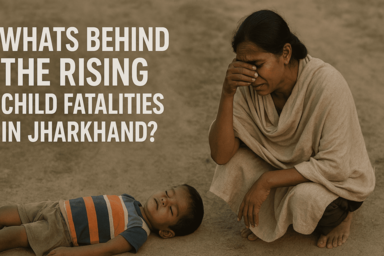






.jpeg)

.jpg)




.jpg)
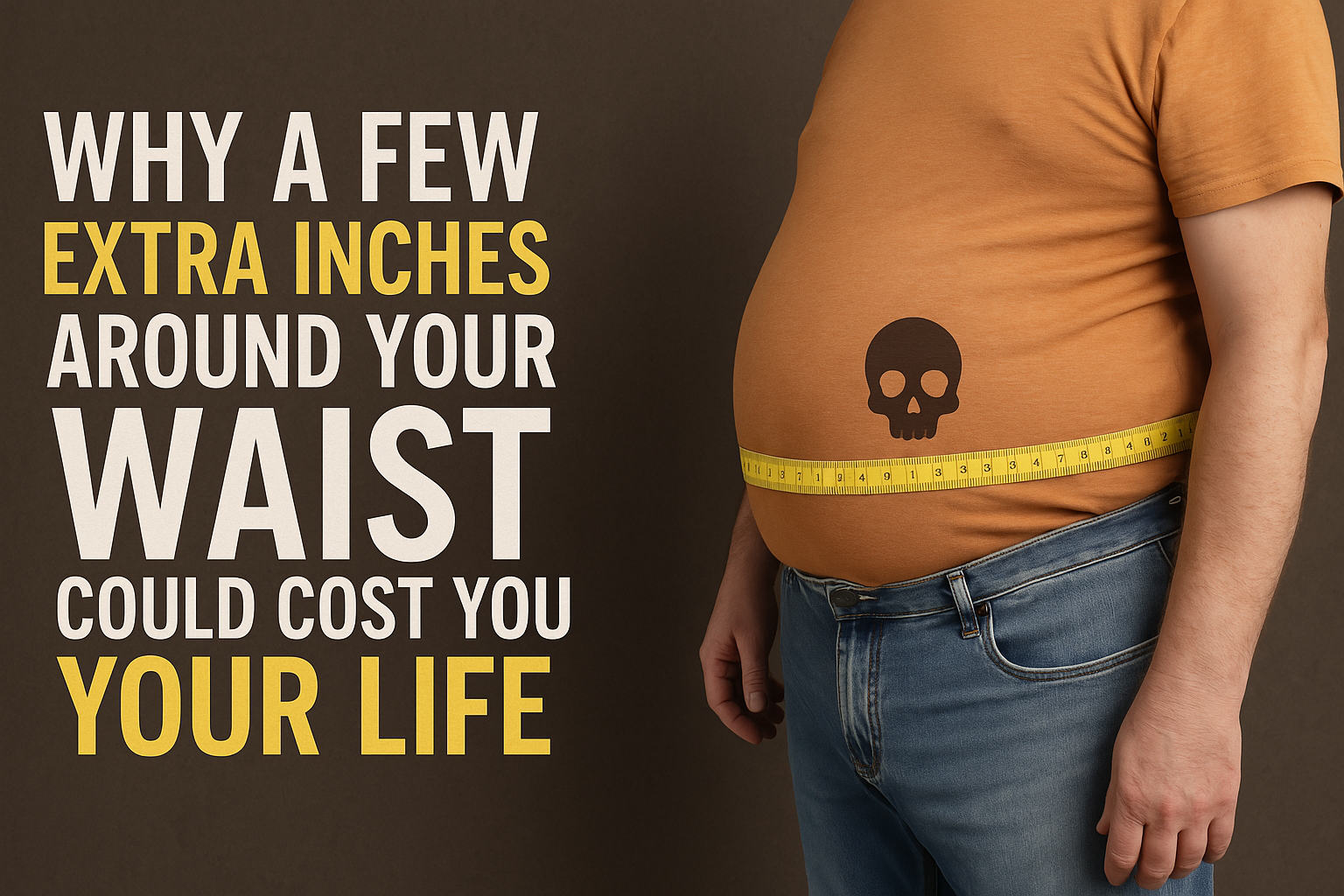
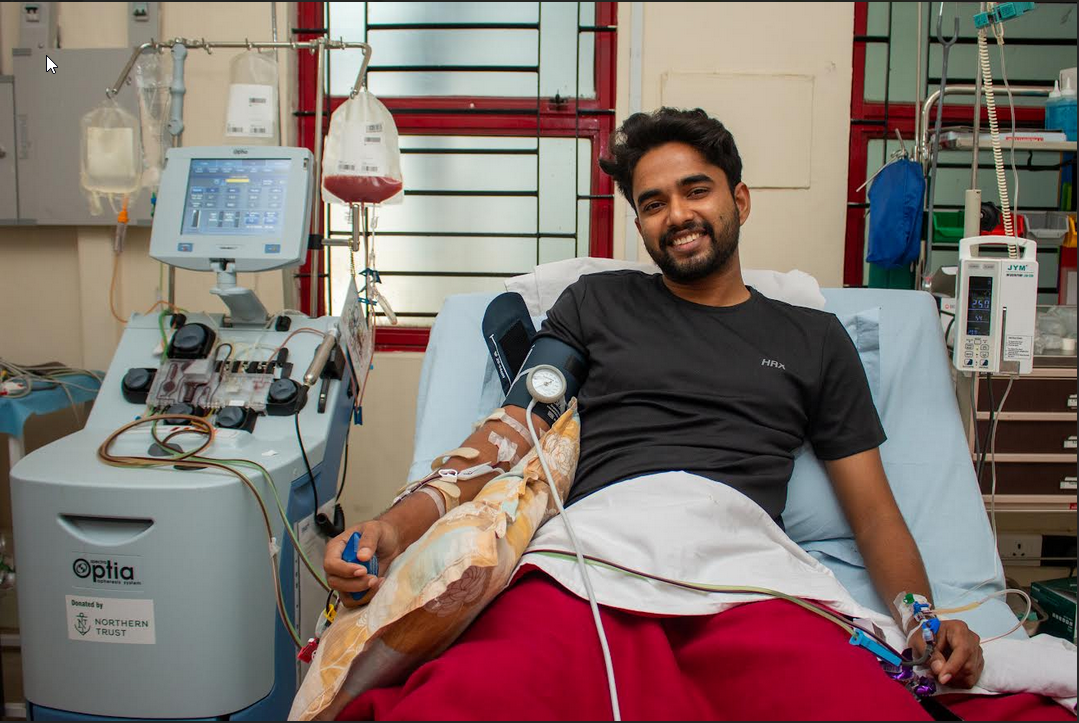
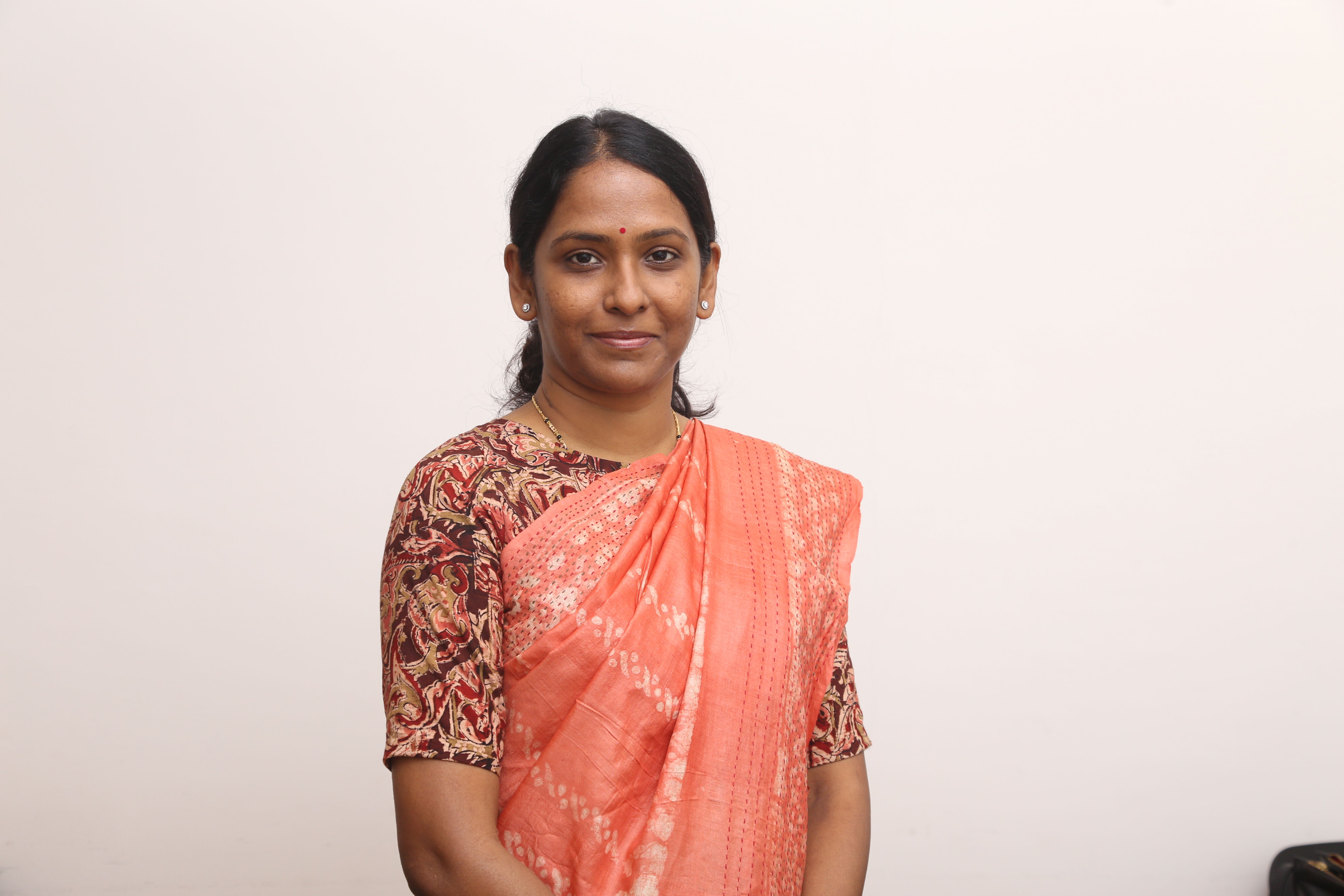
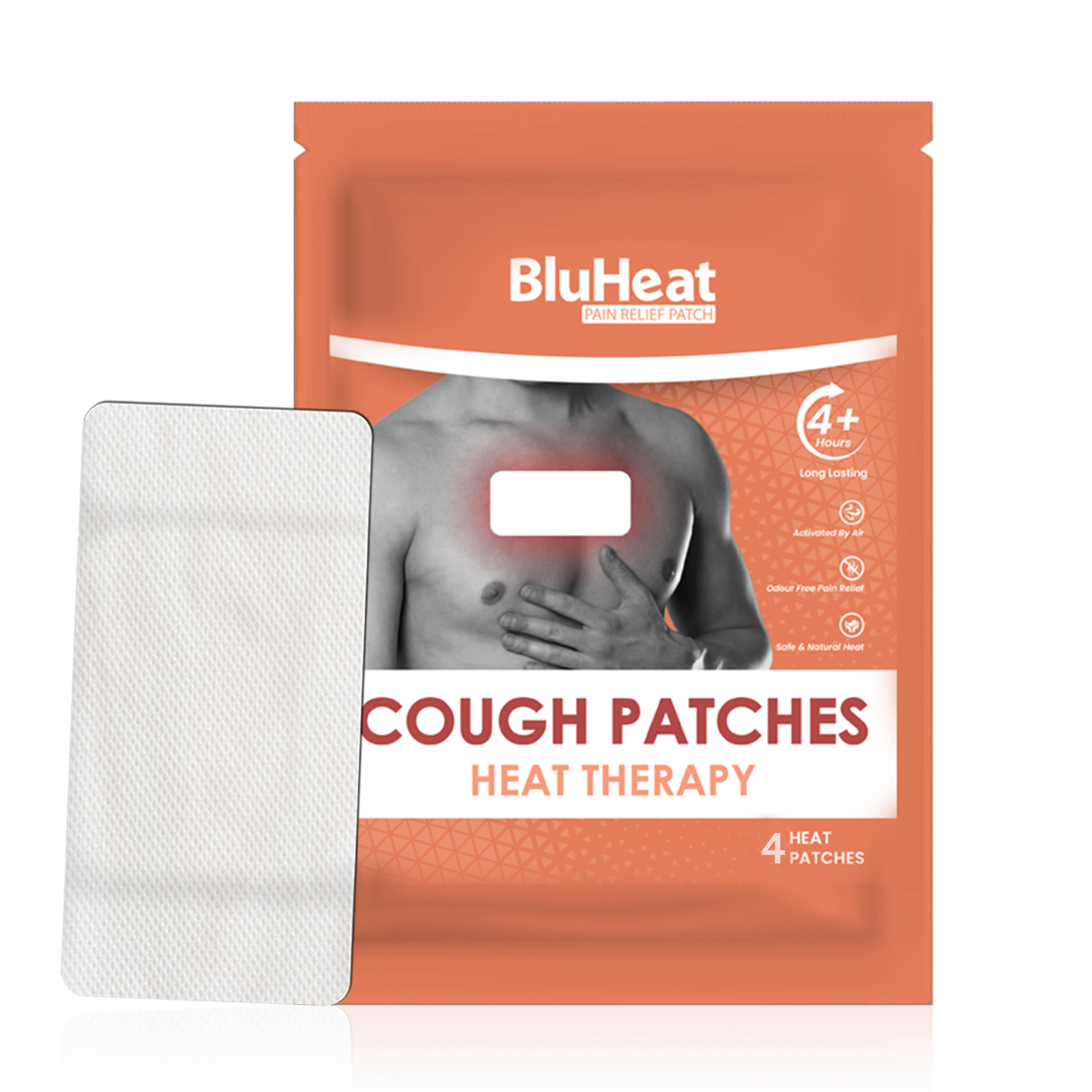
.png)

